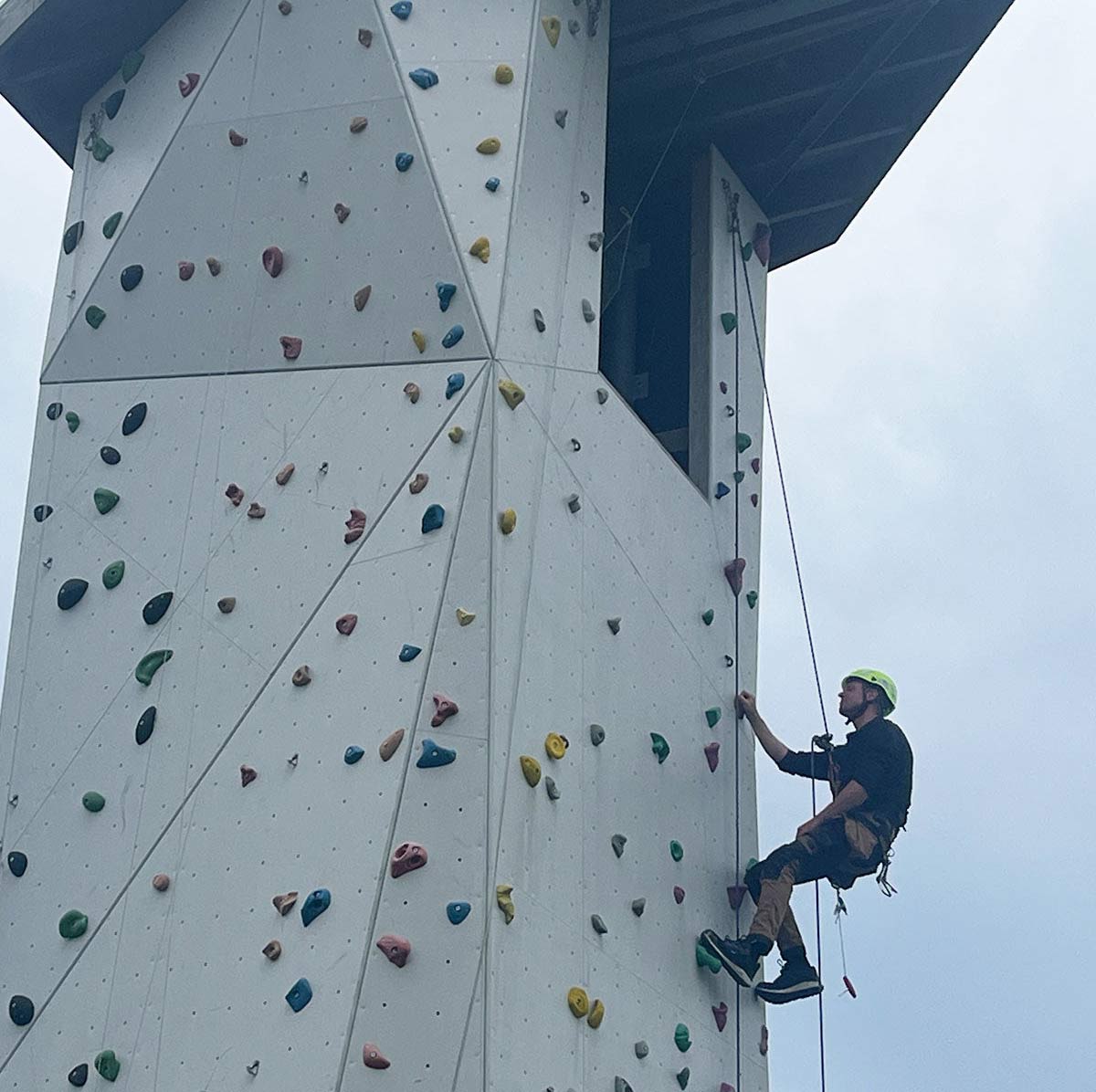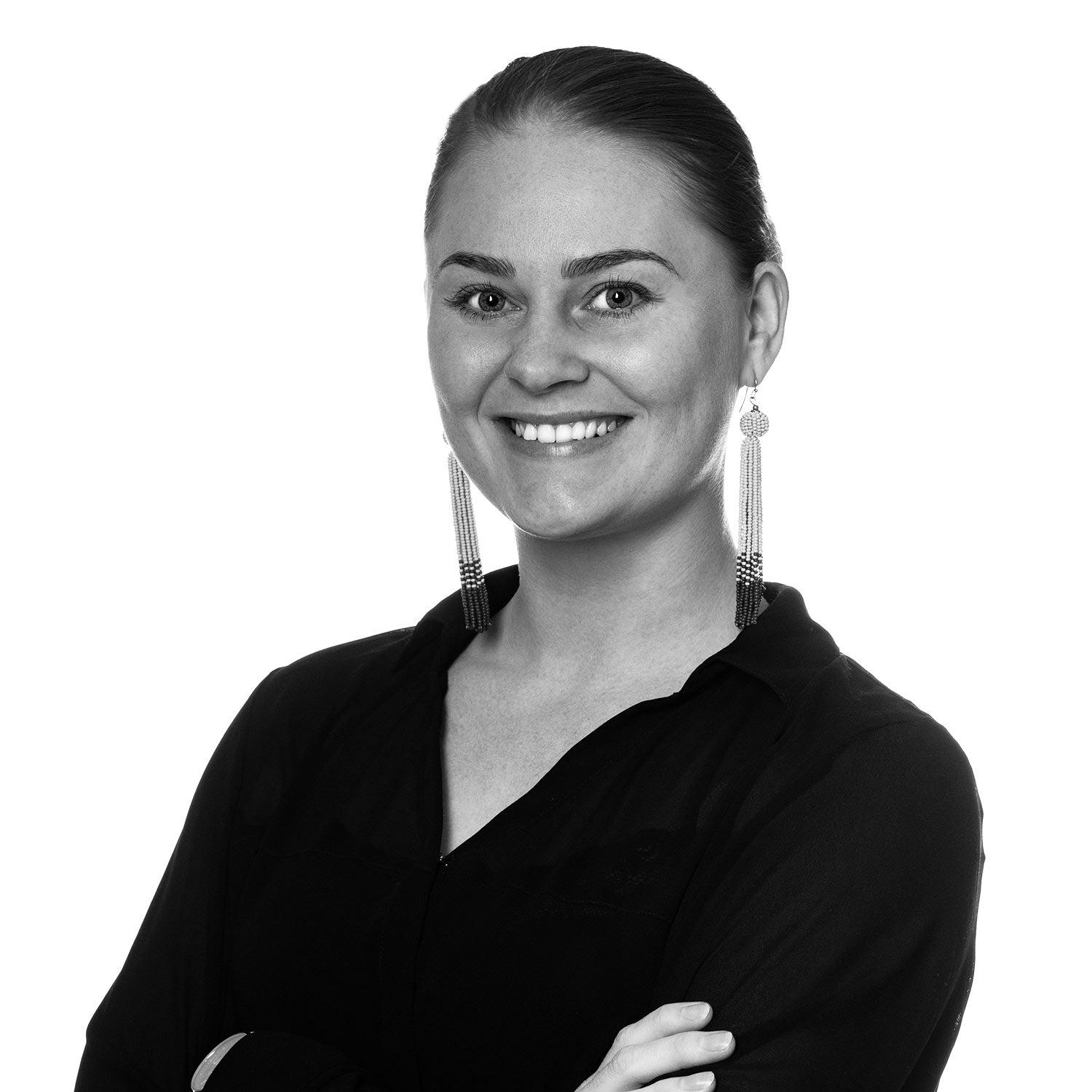Bouldering’s appeal can be rooted from the fact that you feel free as there is little equipment involved. It is just you and the 3-5 m wall, solving problems with just shoes and chalk on your hands. But what happens after reaching the top? You got to jump down. It can happen, and most of the time it dows, that you fall. You fall often!
The proper way of falling is one of the first things taught in bouldering. As they say, safety is a priority. Even if the wall is shorter than the lead wall, a bad fall can still cause serious injuries. You can only do so much, especially when you’re stuck in an uncomfortable position, you can’t guarantee to fall the one correct way. No two falls are exactly the same, and the gymnastic moves of bouldering often require our bodies to get into funky positions, meaning there’s no “one right way” when it comes to safe fall or ladings. The following list is a set of guidelines that you might want to practice and think about any time you head out for a bouldering session, whether inside or outside.
Guidelines
• Make sure that you don't wear any jewelry, rings or anything that could get stuck while you climb.
• Check your landing zone. That nothing is in your way: screws, water bottles, shoes, etc.
• When you know that you will fall, just go with it! Don't try to grasp a hold. It will completely throw you out of balance. It is important to fall with at least some control.
• If you do fall, try to end up on the soles of your feet with your knees bent - not on your ankles or toes. Climbing shoes are making your sole very tense or even a little bent and ending up on your toes, can easily break the sole of the foot. Falling flatly on your heel can shatter the heal as all force is concentrated over a tiny area, as well as hurt your back.
• During a fall, keep your muscles relaxed and only a little tight. You need to find a good balance between falling like a sack of potatoes (over-relaxed) and a steel bar (all muscles very tight). Both extremes can cause an injury upon impact. When your muscles are tight just enough, the load will be well redistributed and the risk of injury is prevented.
• If you are a beginner - You don't need to end up standing on your feet. Try to concentrate on a controlled fall, preferably legs first and knees bent. Hit the mat with your feet and then immediately roll down to your back or side.
• Never try to correct a fall with your arms! Falling into an outstretched or straight arm can easily cause a broken bone or dislocation of your joints. Just tuck your arms by your body and let the torso absorb the impact.
• While climbing in on roofs, you will be almost horizontal. While falling here, keep your arms and legs pointing up as you should fall onto your torso first.
Injuries
Here are the most common injuries from bad falls, and tips on how to avoid them:
• Whiplash
The height of the fall can cause a severe jolt, called a whiplash. Your neck muscles can get pulled and it will keep on hurting for a long time. Remember to tuck your chin in when you fall to counter the impulse to jerk your head.
• Sprained wrist/arms
Don’t grasp a hold while falling, just let go, literally. Keep your arms tucked into your chest, and roll yourself backward or forward once you hit the floor. It might be your instinct to trying to catch yourself with your hands, fight it. Let your (stronger) lower body do the work, since your arms will get sprained from the sudden pressure.
• Sprained ankles
Fall on the balls of your feet and bend your knees. Feel the pressure spreading on your lower body to prevent shocks. But also remember this: a podium finish fall is not required from bouldering! You can always tuck yourself in and roll over to your back.
• Bruised chest
So you’ve remembered the first 3 tips. But you still did something wrong, what could it be? Your knees hit your chest. Especially for female climbers, be conscious with your knees since it might your chest and get an injury. You can raise your legs after rolling in your back.
• Back pain
Sometimes you might end up falling back first. Twist your upper back to your sides to lessen the shock on your back.
• Lost breath
If you end up falling flat on your back, the impact can push all breath out of you. Don't panic, it will be fine. Just next time, try to fall slightly to the side and then your lungs will not get so suddenly compressed.
• Scratched arms and knees
Textured volumes are common, and with this type of injury, there’s nothing to do but to be more careful and let it heal. It’s not fatal and basically part of the climbing culture. The trade of all outdoor climbers is that their hands are full of calluses and scars - like a proper fighter.
Spotting
Spotting is an important action to prevent injuries. It means that if you are climbing, there is someone to help you while you fall. A spotter's purpose is not to catch you when falling, but to direct your fall. Directing a fall means that you prevent a person to fall headfirst or outside of crashpads (mattress). A spotter tries to catch you by the upper back and supports your weight so you don't violently roll back after the fall and hit your head to the ground. As a spotter, think of where and how the climber can fall and be careful not to stand too close. If you are too close, you can get injured by the falling climber as much as he or she can. But also, don't be too far, so you can still help in the case of a fall.
Do I need a spotter?
It depends on the situation. Bouldering gyms have padded flooring so most of the time, spotters are no longer needed. But when the problem gets you in an awkward position, the spotter will ensure that you fall properly. Be mindful of potential fall zones and if you think you might end up on the edge of a mat, or even out if the fall is very awkward, get a spotter. For outdoor bouldering, the spotter’s purpose is a bit different but very, very important. Since your protection is just a couple of crash pads (don’t worry this is still safe), the spotter ensures that you fall on the crash pad, and not on the bare ground.
What if I’m scared of heights?
No matter what happens, climb at the height you’re comfortable with. If you’re very anxious and it interferes with your mental game, it’s perfectly fine to stop at a lower height. You’ll get more confident over a time and when you boulder more often. Plus you can always climb a few holds down until you’re at a safe zone where you can fall securely. But never give up, just work your way up slowly. It will come.
This might seem like a lot to remember, but falling will be more natural when you climb more often. Once you do, you’ll be more concerned with solving problems and building strength, than with falling.
Have any questions about safety when climbing? Please don't hesitate to reach out to us!



